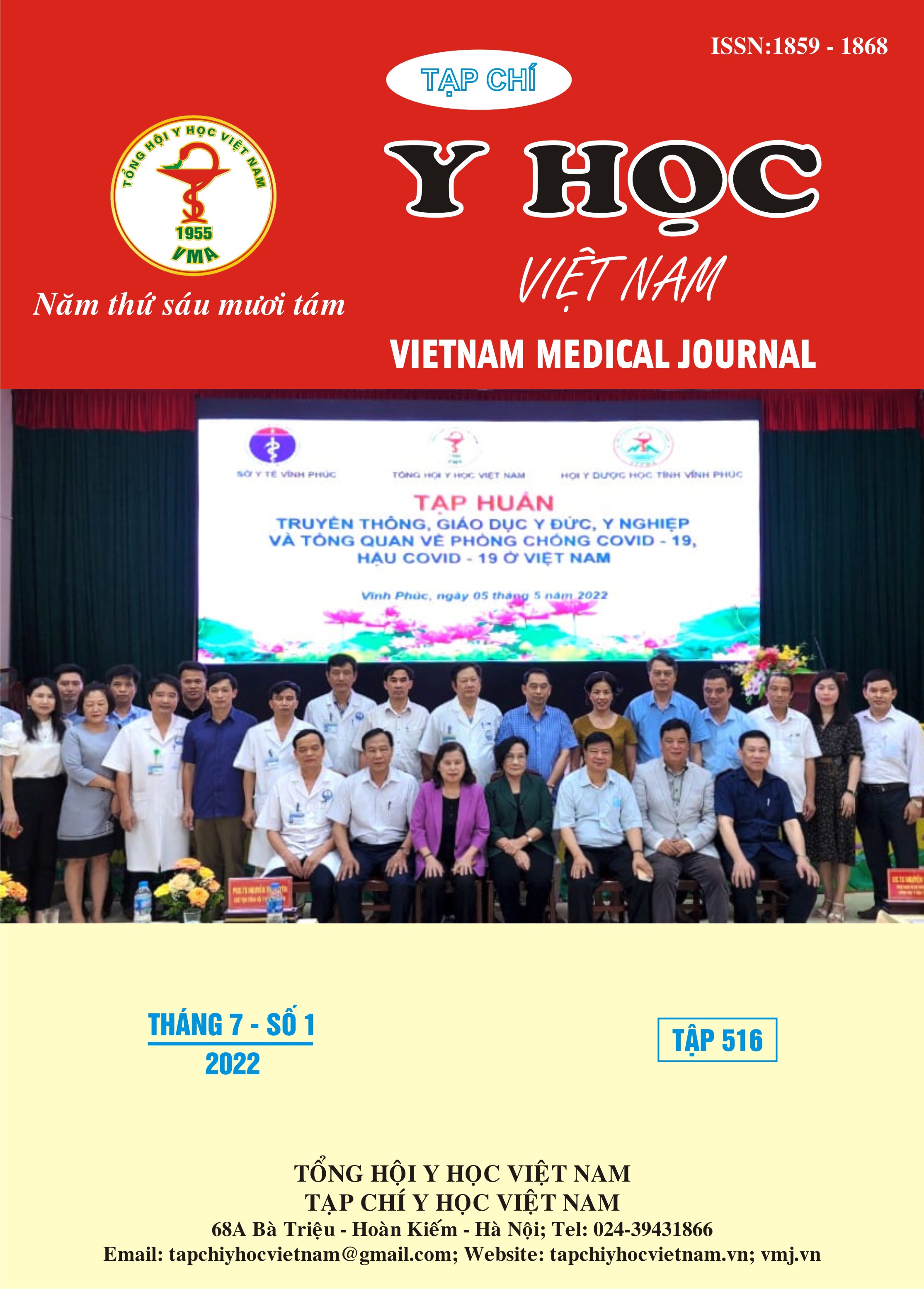FIELDS OF APPLICATION, BENEFITS AND LIMITATIONS OF MODEL FOR ASSESSMENT OF TELEMEDICINE (MAST) FOR TELEHEALTH SERVICES: A SYSTEMATIC REVIEW
Main Article Content
Abstract
MAST (Model for Assessment of Telemedicine) is telehealth services assessment model. Four databases were used to search for related articles including PubMed, Virtual Health Library (VHL), Global Health Library (GHL) and Google Scholar as of September 2021. Results showed 6 Articles met the selection criteria and were used for data extraction. MAST provides a comprehensive telehealth services assessment framework that includes prior assessment; multidisciplinary assessment of seven aspects related to medical, social, economic and ethical issues; evaluate the ability to deliver results. The main purpose of MAST is to provide information as a basis for decision-making, to contribute to improving the efficiency and quality of the health system, and to facilitate patient access to modern medical technology, optimal cost and efficiency. However, MAST is only suitable for evaluating completed applications. It is possible to research and develop a framework for assessing Vietnam's telehealth system based on MAST.
Article Details
Keywords
Model, Framework, Assessment, Evaluation, MAST, HTA, Telemedicine, Telehealth
References
2. Draborg E. et al, “International comparison of the definition and the practical application of health technology assessment”, Int J Technol Assess Health Care, 21(1), 2005, p89.
3. The MAST Manual, “MAST – Model for Assessment of Telemedicine”, MethoTelemed, 2010, p1-64.
4. Kidholm K. et al, “A Model for Assessment of Telemedicine: MAST”, Int J Technol Assess Health Care, 28(1), 2012, pp44-50.
5. Kidholm K. et al, “Validity of the Model for Assessment of Telemedicine: A Delphi study”, Journal of Telemedicine and Telecare, 24(2), 2016, pp118-125.
6. Messagier A. et al, “Teledermatology use in remote areas of French Guiana: experience from a long-running system”, Frontiers in public health, 7(387), 2019, pp1-10.
7. Janssen R. et al, “Innovation Routes and Evidence Guidelines for eHealth Small and Medium-sized Enterprises”, International journal on advances in life siences, 5(3,4), 2013, pp188-202.
8. Jurkeiviciute M. et al, “Standards as applied in reality: a case study on the translation of standards in health evaluation practise”, BMC Medical informatics and decision making, 19(247), 2019, pp2-9.


